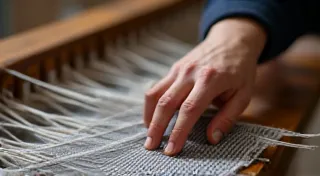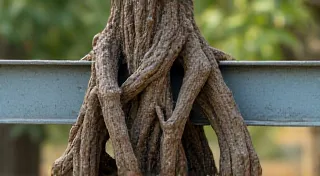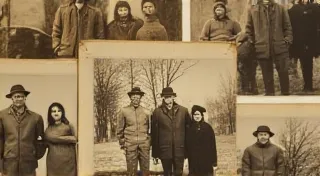The Cartography of Play: Mapping Regional Game Distribution
There’s a certain melancholy beauty in forgotten things. I remember, as a child, finding an antique accordion in my grandfather's attic. Its bellows were stiff, keys chipped, and leather cracked, but it held a silent story of laughter, of dance halls and family gatherings long past. It felt imbued with a history – a tangible echo of people and places I’d never known. Similarly, traditional games—those folk games passed down through generations—aren't just about rules and play; they're miniature maps of cultural journeys, of migration, trade, and the subtle shifts of human connection.
The impulse to play is fundamental to being human. Across continents and cultures, we create games to entertain, to teach, and to bind communities. But the games we play aren’t static. They evolve, migrate, and transform as they encounter new environments and new people. Examining the geographical distribution of specific games reveals fascinating patterns, offering glimpses into the historical forces that have shaped our world.
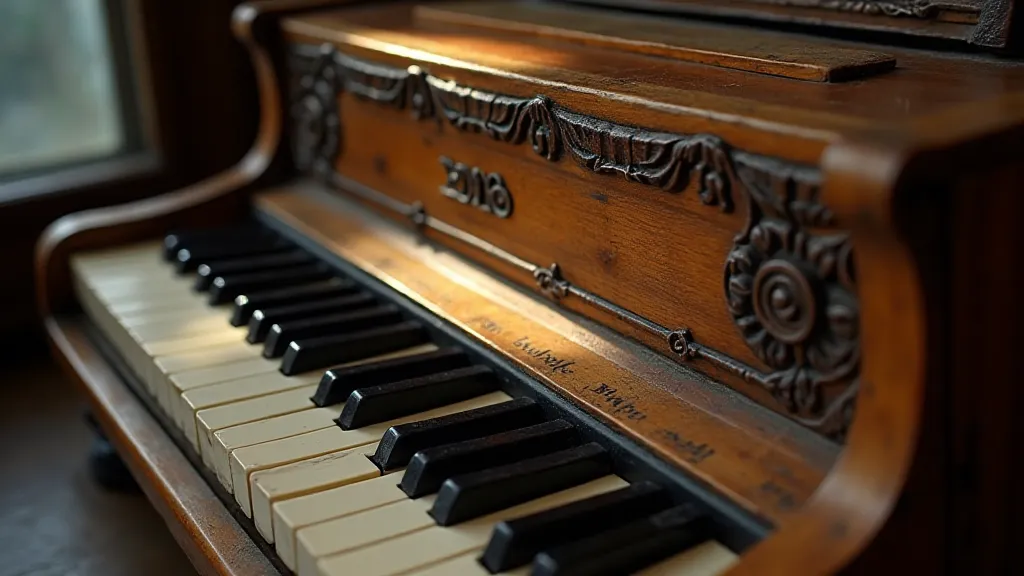
The Dance of Diffusion: Games Across Borders
Let's consider “Nine Men’s Morris,” also known as "Merelsspel" or "Mills.” This abstract strategy game, where players attempt to form lines of three on a grid, appears independently across Eurasia. Archaeological evidence suggests variations existed in the Roman Empire, and iterations have been found in Persia, Scandinavia, and China. The game’s near-universal presence suggests either a single, very early diffusion event (difficult to prove definitively), or, more likely, independent invention based on similar underlying cognitive impulses – the desire to form patterns and outwit an opponent. What’s remarkable isn’t necessarily the game’s original genesis, but its subsequent spread. Roman legions likely carried it across Europe; trade routes facilitated its transmission eastward. Each culture adapted the board design and rules slightly, reflecting local preferences and social norms. In some regions, it became a courtly pastime; in others, a game for the common folk. The resilience of Nine Men’s Morris speaks to the innate human drive for strategic thinking and social interaction.
Another compelling example is “Kubb,” a Swedish game often described as a cross between bowling and horseshoes. While its precise origins are shrouded in mystery – some theorize a Viking connection to similar games in Eastern Europe – its spread from Scandinavia to North America illustrates the impact of migration and cultural exchange. Swedish immigrants brought Kubb to the United States and Canada in the late 20th century, where it quickly gained popularity, evolving into a beloved lawn game. It's a beautiful testament to how traditions can be revitalized and adapted in new environments.
The Echoes of Trade: Games Along Routes of Commerce
Trade routes have consistently acted as conduits for the dissemination of games. Consider “Rook,” a card game closely related to the French game of *Écarté*. The connection suggests a historical link between France and England, likely facilitated by centuries of trade and interaction between the two nations. The game's intricacies—a combination of bluffing, strategic discard, and subtle observation—speak to the sophisticated social interactions that often characterized mercantile relationships.
Similarly, the prevalence of variations of “Go” throughout East Asia—China, Korea, Japan—reflects the historical trade and cultural links between these nations. Go isn’t just a game; it’s deeply intertwined with philosophy and martial arts, embodying principles of strategy, balance, and harmony. The game’s presence across the region highlights the shared cultural heritage of these societies and the role of trade in transmitting not only goods but also intellectual and artistic traditions.
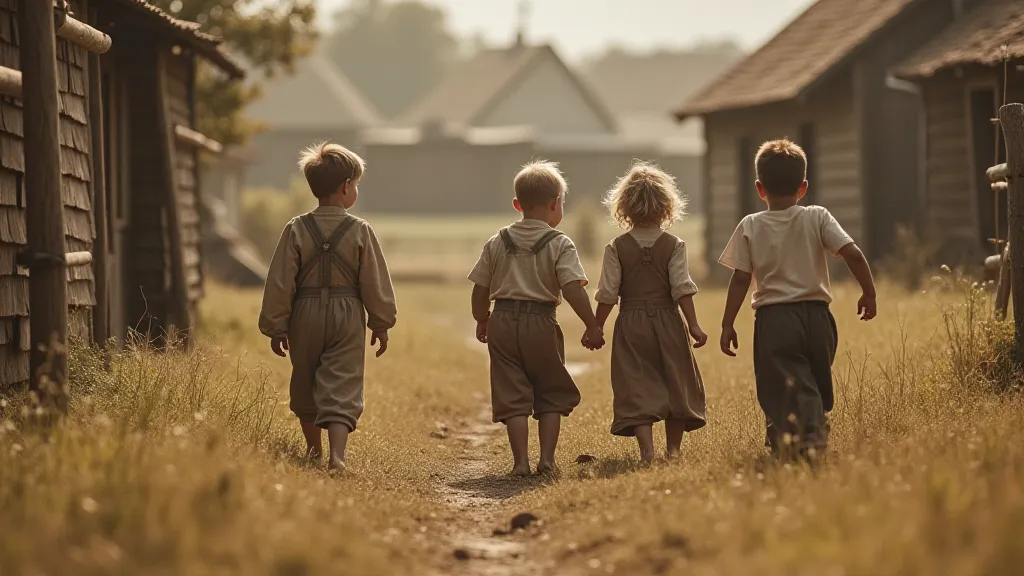
Craftsmanship and Connection: The Artisans of Play
Beyond the rules and strategies, the physical artifacts associated with traditional games offer a fascinating window into the craftsmanship of the past. Many games were handmade, often passed down through families as cherished heirlooms. Think of the intricately carved wooden boards for Nine Men’s Morris, or the beautifully painted cards used in various regional card games. The skill and artistry involved in creating these game pieces weren’t just about functionality; they were about imbuing the game with beauty and meaning.
Restoring antique games—like that old accordion I found—is more than just a technical exercise. It's about reconnecting with the people who created them, the communities who played them, and the history they represent. When I carefully cleaned and repaired the bellows of my grandfather’s accordion, I wasn't just fixing an instrument; I was preserving a fragment of family history, a tangible link to a past that might otherwise have been lost.
Collecting these games—whether they’re meticulously crafted boards, worn playing cards, or hand-painted game pieces—is a way of safeguarding these cultural treasures, ensuring that they continue to be enjoyed and appreciated by future generations. Each piece tells a story, a silent narrative of play, community, and the enduring power of human creativity.
The Future of Folk Games: Preservation and Revival
In a world dominated by digital entertainment, it's vital to preserve and revitalize these regional games. Many are at risk of disappearing, lost to the relentless march of globalization and technological change. Efforts to document and promote these games – through local festivals, educational programs, and online archives – are essential for ensuring their survival. Teaching children these games isn’t just about introducing them to a pastime; it’s about connecting them to their cultural heritage, fostering a sense of community, and preserving a vital part of our collective memory.
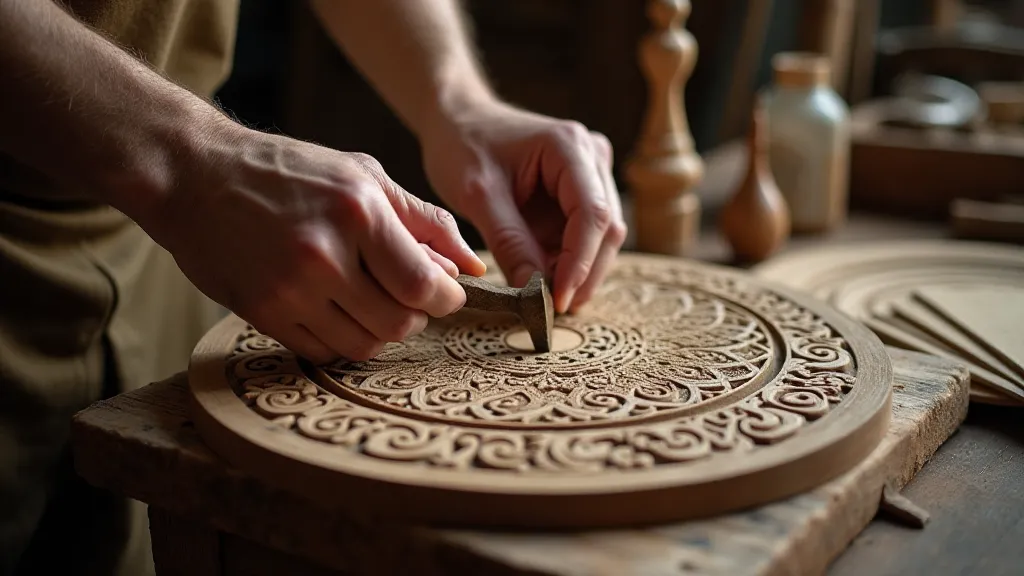
The cartography of play reveals more than just the geographical distribution of games; it unveils the intricate web of historical forces that have shaped our world. Each game is a miniature map, a testament to the enduring power of human connection and the enduring appeal of play. Like the melancholy beauty of that antique accordion, these games whisper stories of the past, reminding us of the shared heritage that binds us all.
